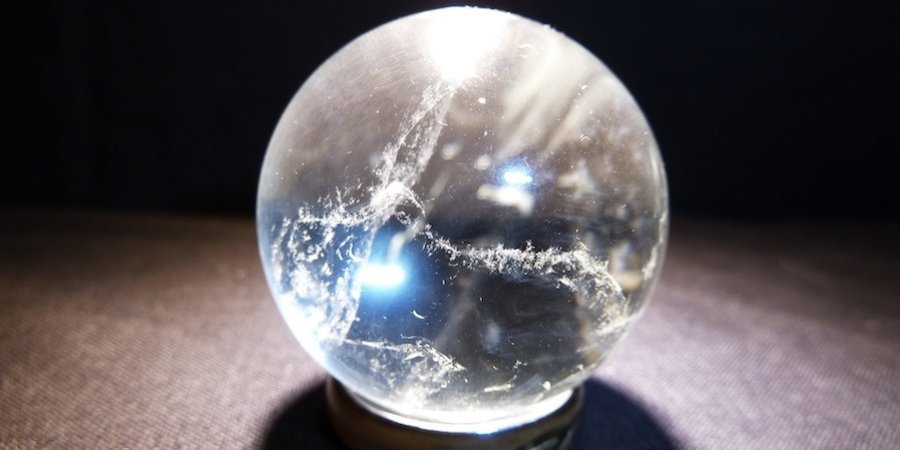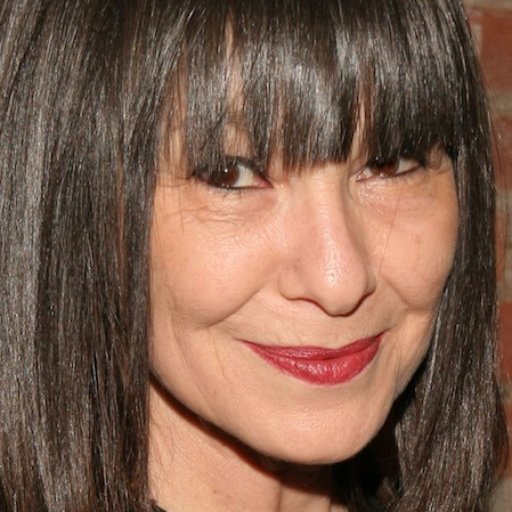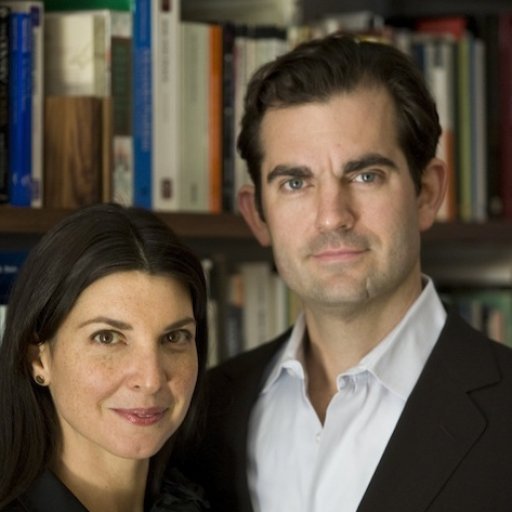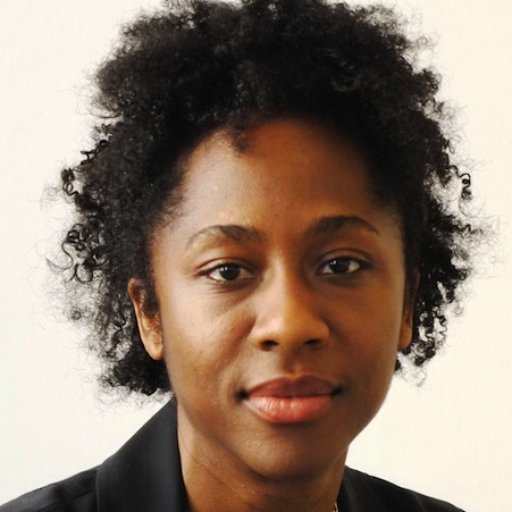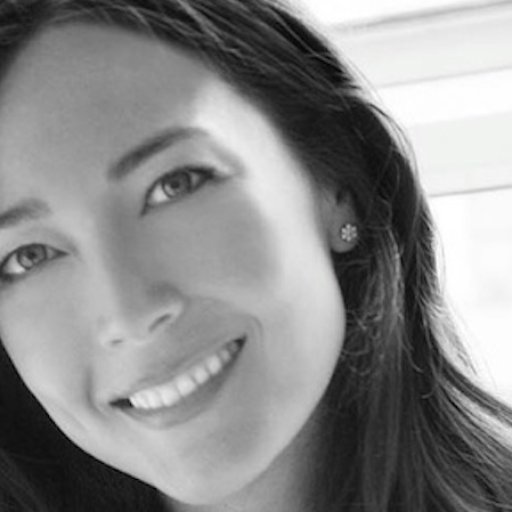What does the new year hold for contemporary art? As artists continue to push further into uncharted visual and conceptual territory—and as the top of the market surges ever skyward, creating enormous new reservoirs of support for their work—the question is a compelling one. To find out what to expect in 2014, we surveyed experts from all corners of the art world for their views.
WENDY CROMWELL, of Cromwell Art and president of the Association of Professional Art Advisors
I know right now a lot of people are wondering about the staggering sums obtained at the auctions in November. I don't see that as a one-off. Barring any calamity, I see the trend continuing because those enormous sums at auction just bring out more great work. This isn't just an issue for those buying and selling those works, since the top end always drives the overall market. It drives aspirational collecting at all levels. That said there are various individual markets within the larger market. There is a bubbling up in the emerging end of the market, and there is no doubt that the enthusiasm at that end is largely driven by a belief that this market will go up, just as the top is going up.
As for individual artists, I see a lot of strength in a generation of women painters in their forties or fifties who are working in abstraction or at the boundary of abstraction and figuration. Charline von Heyl,Jacqueline Humphries, Amy Sillman, Laura Owens, Rebecca Morris, and Cecily Brown are taking painting somewhere gritty and intellectual and serious. They have all shown regularly, but for the first time many are going to be seen together in the Whitney Biennial, and it will be great to see them together in the context of this city, where a very masculine form of abstraction was originally crowned.
BENJAMIN GODSILL, Head of Under the Influence Sales New York at Phillips
Looking ahead to 2014, I am really pleased to be seeing a turn toward old-school connoisseurship—studying and taking time to look and learn—among a group of smart, younger collectors around the world. There are some great thoughtful people attempting to systematically build dynamic and idiosyncratic collections while also creating new models of philanthropic engagement. I think in a number of years we will look back and be pleasantly surprised about the great collections and institutions that were started at this time.
Among artists I see number of emerging trends. I see a disparate group of younger artists—born in the 1980s and '90s—who grew up immersed in the Internet and digital culture making work that continually engages me and that I think we will be seeing much more of going forward. Constantly communicating across a variety of media is intrinsic to artists of this generation and this bleeds into the work. The experience swimming in a constant and buffeting wave of images and data informs their practices, sometimes directly and sometimes more obtusely. I think of this group of artists as the bastard stepchildren of the Pictures Generation pillaging a variety of disjointed sources to attempt to find narrative strands within our current moment.
Theirs is a conceptual world wherein wildly different graphic styles, modes of address, and levels of sophistication are constantly in flux, and in these artists I see a growing output of digitally accented surrealism. The work is often caught in a wonderfully productive nonlinear tension between the obtuse and the captivating. I am thinking specifically of artists such as Josh Kline, Petra Cortright, Yngve Holen, and Dale King. Others may have referred to such artists as being "post-Internet," though I am not sure what that means, if anything. I just know works by these artists—and other natural compatriots—are keeping me up at night.
Of course, painting is always being reborn in one way or another, and I see a couple movements taking shape as we roll into 2014. For several years, we have seen market and critical interest in a mish-mash of soft abstraction. I have an inkling, and to be honest a hope, that we will see a turn toward figuration, especially a sort of naive representation. Wouldn't that be fun? I think we are beginning to see a lot of sexy, bawdy painting as filtered through the psychedelic in the work of artists like Matthew Chambers, who recently was featured in the Untitled booth at Art Basel in Miami, and Ella Kruglyanskaya, who works with Gavin Brown and has a show currently at OKO in the East Village. Also, in painting, I am seeing some really strong, conceptually driven work that often integrates performativity and the world that begins at the pictures edge, and expect to see more such invigorating work from artists like Lucy Dodd and Haley Mellin.
WALTER ROBINSON, Artist, Art Critic, Founding Editor of Artnet Magazine, and Artspace columnist
When I think about what's coming down the road, it's usually with a sense of dread, whether because it involves some overblown biennial or fair or gala or because some show may have something to do with me and my long history around town. But there are a few things I am looking forward to. John Ahearn and Rigoberto Torres are showing their hand-painted casts of people from the South Bronx at Alexander and Bonin, opening January 10, and that should be great. Ahearn's cast of Ai Weiwei, which was just on view in a group show at Marlborough Chelsea, dates from 1990, when the then-obscure Chinese art star was hanging around in New York City.
Robert Longo has a show at Metro Pictures in March of supersized charcoal drawings of iconic Abstract-Expressionist paintings. Funny how old-fashioned and artful charcoal is, definitely not like Pictures Generation art or Ab-Ex. You know who uses charcoal? Will Cotton! Also coming up, in the Whitney Biennial, something by my old Artnet Magazine colleague Pedro Vélez. He's such a troublemaker, I'm a little worried. And a month later, at Stephanie Theodore in Bushwick, are portraits of artists by Oliver Wasow, who used to have a well-named gallery in the the East Village called Cash Newhouse. His photo of Matthew Weinstein is awesome—hey, is that the Internet in the background?
Finally, I want to mention the new show at Reena Spaulings on East Broadway in Chinatown of sculptures by K8 Hardy. They are life-sized stick figures tacked together from scrap lumber that's painted in various colors—the minimalist essence of fashion. This pick is so ahead of the curve, so avant-garde, that the show had already closed by Christmas 2013.
ALANNA HEISS, Director, The Clocktower Gallery and Founding Director, P.S.1
My hopeful prediction is that Bill DeBlasio will be a hugely popular mayor with the city's arts constituencies. He will not only reinforce New York's role as the most vital center of creativity in the world, but will use that creative energy in the service of his inclusive vision for the city's diverse citizenry. Young artists living in areas of Bushwick and Red Hook in Brooklyn, Ridgewood and Maspeth and the Rockaways in Queens, and throughout the Bronx will be encouraged by the city administration to start neighborhood art and music venues. I believe young artists will begin to collaborate across medias and make new music videos and operas; performance art will flourish, especially in Times Square, which will regain its former glory as a magnet for visitors searching for the strange and curious secrets of New York. And the city's nightlife will be reborn, although it is probably too much to hope for the return of smoking to bars and clubs.
CHRIS VROOM, Chairman and Co-founder of Artspace and Founder of Artadia
I expect continued strength in the overall art market in 2014, with established artists trending higher and a select group of undervalued, mid-career artists enjoying renewed attention as 'market-makers' look for the next-big-thing. Breathtaking increases in blue-chip works has pulled emerging artist prices along, heightening risk in this segment of the market.While the importance of Los Angeles on the international scene has been a popular topic of speculation for more than a decade now, I predict that 2014 will underscore its significance as a global creative capital. Los Angeles has long boasted incredible art schools like CalArts, as well as being home to many groundbreaking artists who’ve recently been celebrated with major exhibitions and retrospectives, such as John Baldessari, Ed Ruscha, Chris Burden, and Paul McCarthy, but it’s also nurtured a host of younger talent who’ve cone onto the scene in recent years and made the art world take notice of L.A. in a new way, including Jennifer Bornstein, Mark Bradford, Mark Grotjahn, Elliot Hundley, Glenn Kaino, Laura Owens, and Sterling Ruby, to name only a few.
With the leadership and curatorial strength of museums like LACMA and the Hammer, together with new museums and galleries slated to open, like The Broad and Hauser, Wirth, + Schimmel; pioneering programming planned at the city’s renowned institutions—Mike Kelley’s retrospective at MOCA, John Altoon at LACMA, and Hiroshi Sugimoto at the Getty, among others—and so many L.A. artists being included in the Whitney Biennial (more than 15 from CalArts alone), the prominence of Los Angeles will be undeniable in 2014.
AMELIA G. MANDERSCHEID, Head of Post-War & Contemporary Art Online Activities at Christie's
Online art sales are like the snowball you just started pushing down the hill, now that they are gaining momentum they will just continue to grow and move faster. This past year already saw so many historic moments for online art sales, from the start of Amazon Art and the return of 20x200 to auctionata's sale of an Egon Schiele drawing for $2.4 million in June, making this the record sale for an online-only auction. We are still in the nascent stages of the development of the online art market, and I am looking forward to fully exploring the platform's possibilities. My biggest prediction for 2014 is that the online landscape has already vastly changed in the past few years but slowly over time. This upcoming year I foresee exponential growth.
BÖRKUR ARNASON, Director of i8 Gallery
What I am most looking forward to see in 2014 is Ragnar Kjartansson's Der Klang der Offenbarung des Göttlichen, or The Explosive Sonics of Divinity, at the Volksbühne in Berlin in February. It is a theatre piece with a full orchestra, music by Kjartan Sveinsson and sets by Ragnar, but absolutely no actors. And also in Berlin a new permanent outdoor video projection by Egill Saebjornsson will be unveiled around the same time. Back at home we are showing Ingolfur Arnarsson, who is one of the artists who has a permanent installation here at Marfa.
There are many different art worlds—the art world/market is not a singularity, as many suggest. There is the very thin 0.1 percent veneer of the art world/market at the upper end of the monetary spectrum which will unfortunately see much of the same trending for 2014. The meek sheeplike willingness this art world/market to be co-opted into bona fide, 100 percent genuine, pre-sliced, easy to handle, low calorie ‘performance art’ such as the recent Jay Z stunt at Pace Gallery. Participating in that art world is now viewed as a merit badge of cultivation, of status, and also of participation in a world that can afford the expensive.
But these sort of ‘performances’ are actually purely theatrical events, despite their poor attempt at window dressing themselves as intellectually serious. This has all become an extension of our experience economy, an ad-hoc mixture of show business, Hollywood, and Wall Street. One hopes, however, that the attitude I outline here is not a flagrant case of elitism. Unless you believe that curiosity—that special inquiring quality of the intelligence—should be considered thus. As each day mediocrity increasingly uglifies our lives, the search for meaning through beauty, and vice-versa, becomes even more important.











